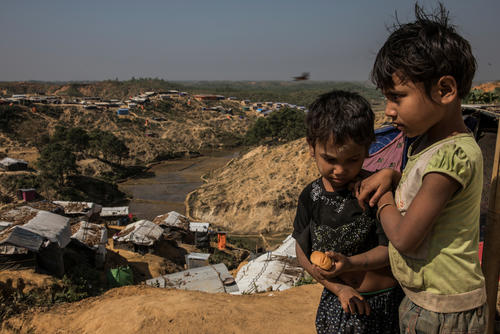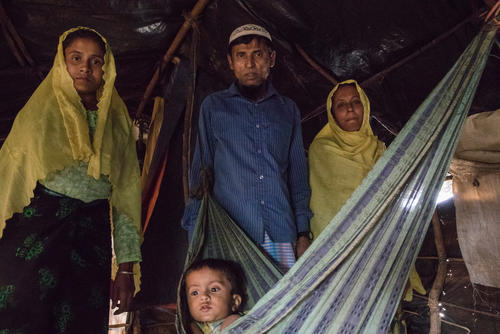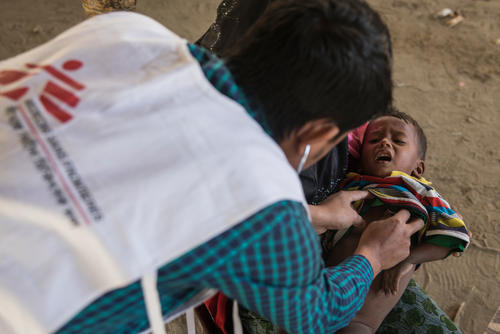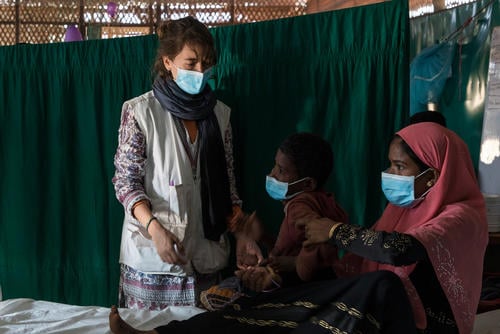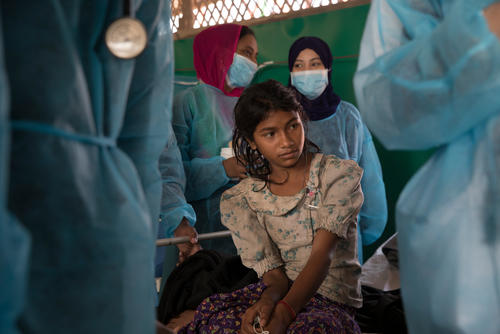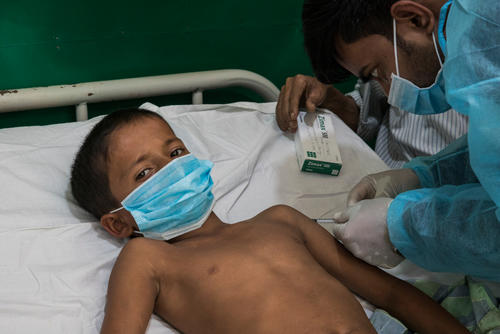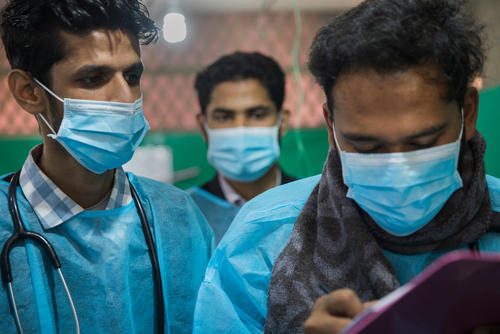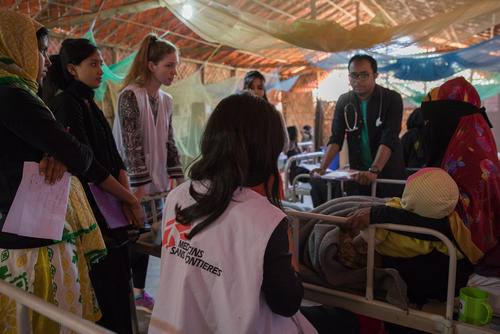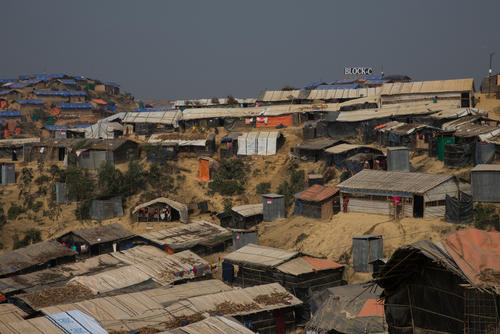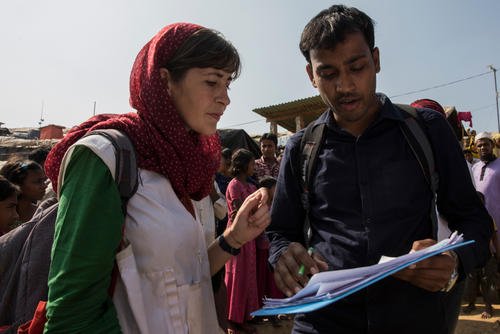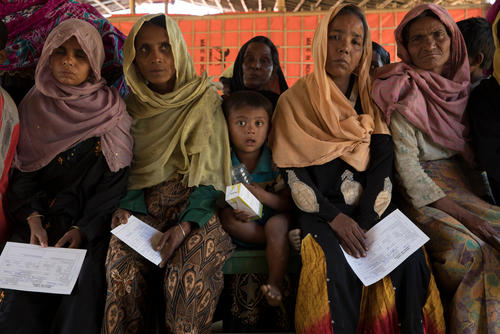Nearly 700,000 Rohingya refugees have arrived in Cox's Bazar district in southeastern Bangladesh since late August 2017 after fleeing targeted violence in Rakhine state, Myanmar. The refugees – from a minority Muslim group denied citizenship and other rights in Myanmar – are living in crowded conditions in established settlements, makeshift settlements, and new camps set up by the authorities in an effort to cope with the humanitarian crisis. MSF has intensified its operations in the region in recent months.
